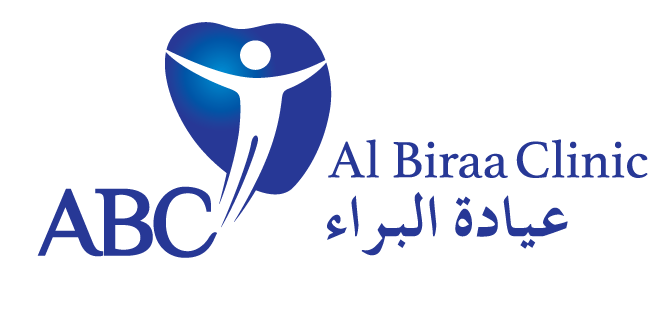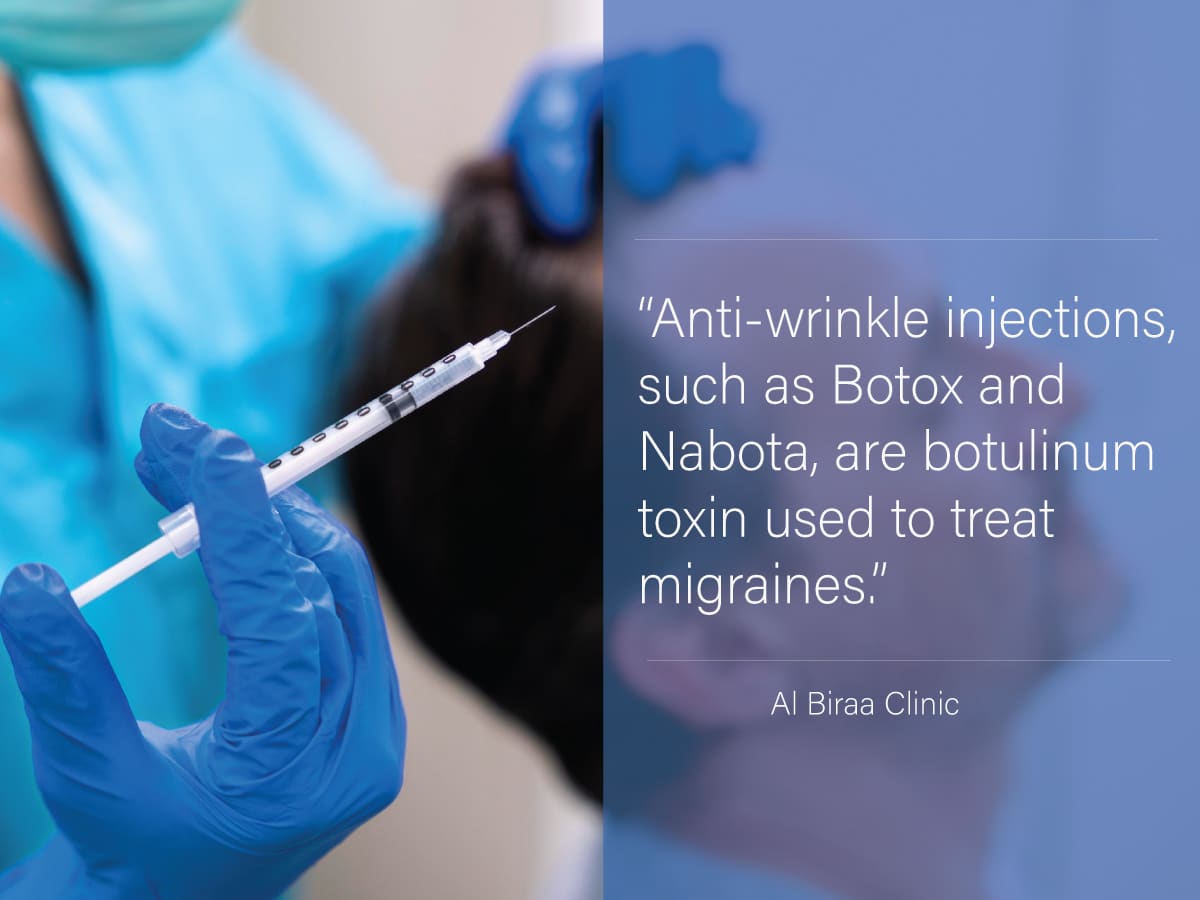
“Anti-wrinkle injections, such as Botox and Nabota, are botulinum toxin used to treat migraines.”
Anti-wrinkle injections, such as Botox and Nabota, have been found to be effective in treating chronic migraines in adults. While these injections are more commonly associated with cosmetic treatments for reducing wrinkles and fine lines, they have also been approved by regulatory agencies in some countries for use in migraine treatment.
Botulinum toxin, the active ingredient in Botox and Nabota, works by temporarily relaxing the muscles and blocking certain nerve signals. When injected into specific areas of the head and neck, such as the forehead, temples, and back of the head, it can help reduce the frequency and severity of migraines.
Clinical trials have shown that botulinum toxin injections can be an effective preventative treatment for chronic migraines. Injections are typically administered every 12 weeks, with some patients experiencing significant reductions in the frequency of their migraines.
It is important to note that botulinum toxin injections should only be administered by a licensed and trained healthcare professional, and that it is not suitable for everyone. The treatment carries potential risks and side effects, and should only be used under the supervision of a qualified medical provider.
If you are experiencing chronic migraines, it is important to discuss your treatment options with a healthcare professional. They can help determine if botulinum toxin injections, such as Botox or Nabota, are right for you and provide guidance on how to use this treatment safely and effectively.
Nabota Common Medical Review
The effectiveness of botulinum toxin type A for the prevention of migraines has been studied in several clinical trials, and it has been approved for this use in many countries, including the United States.
How Anti-wrinkle injections, such as Botox and Nabota will work for migraines?
Botulinum toxin type A, such as Nabota, is a prescription medication that has been approved by regulatory agencies in some countries for the prevention of chronic migraines in adults.
It is thought that botulinum toxin may help reduce the frequency and severity of migraines by blocking the release of certain pain chemicals and by reducing the sensitivity of nerve endings that are involved in pain perception.
It’s important to note that botulinum toxin type A, including Nabota, should only be administered by a licensed and trained healthcare professional. It is a prescription medication that carries potential risks and side effects, and should only be used under the supervision of a qualified medical provider.
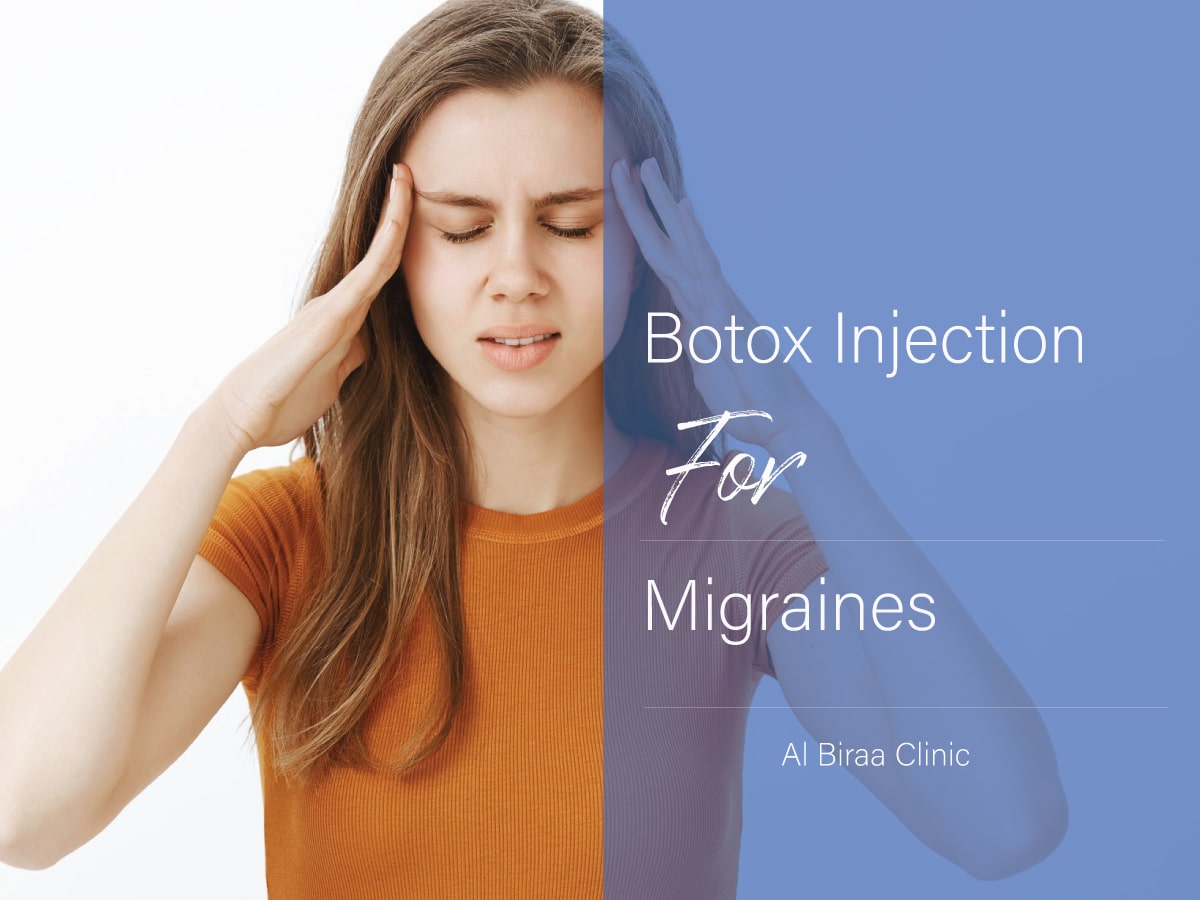
Botox injections can be an effective treatment for chronic migraines. Chronic migraines are defined as experiencing headaches for more than 15 days per month, with at least eight of those days involving migraine symptoms.
Botox is a purified form of botulinum toxin, that is injected into specific muscles in the head and neck region. Botox works by blocking the release of certain chemicals that are involved in pain signaling. By reducing the sensitivity of nerve endings, Botox can help decrease the frequency and severity of migraine headaches.
The treatment involves receiving injections in various areas of the head and neck, which takes about 10–15 minutes. Botox injections for migraines are typically administered every 12 weeks, and it may take a few weeks to see the full effects of the treatment. It is important to note that Botox injections are only effective for chronic migraines and are not recommended for occasional or infrequent headaches.
As with any medical treatment, there may be some risks associated with Botox injections. Common side effects include headaches, neck pain, and temporary weakness in the muscles that were injected. In rare cases, serious side effects can occur, such as difficulty breathing or swallowing. It is important to discuss the potential risks and benefits of Botox injections with your healthcare provider before deciding to undergo this treatment.
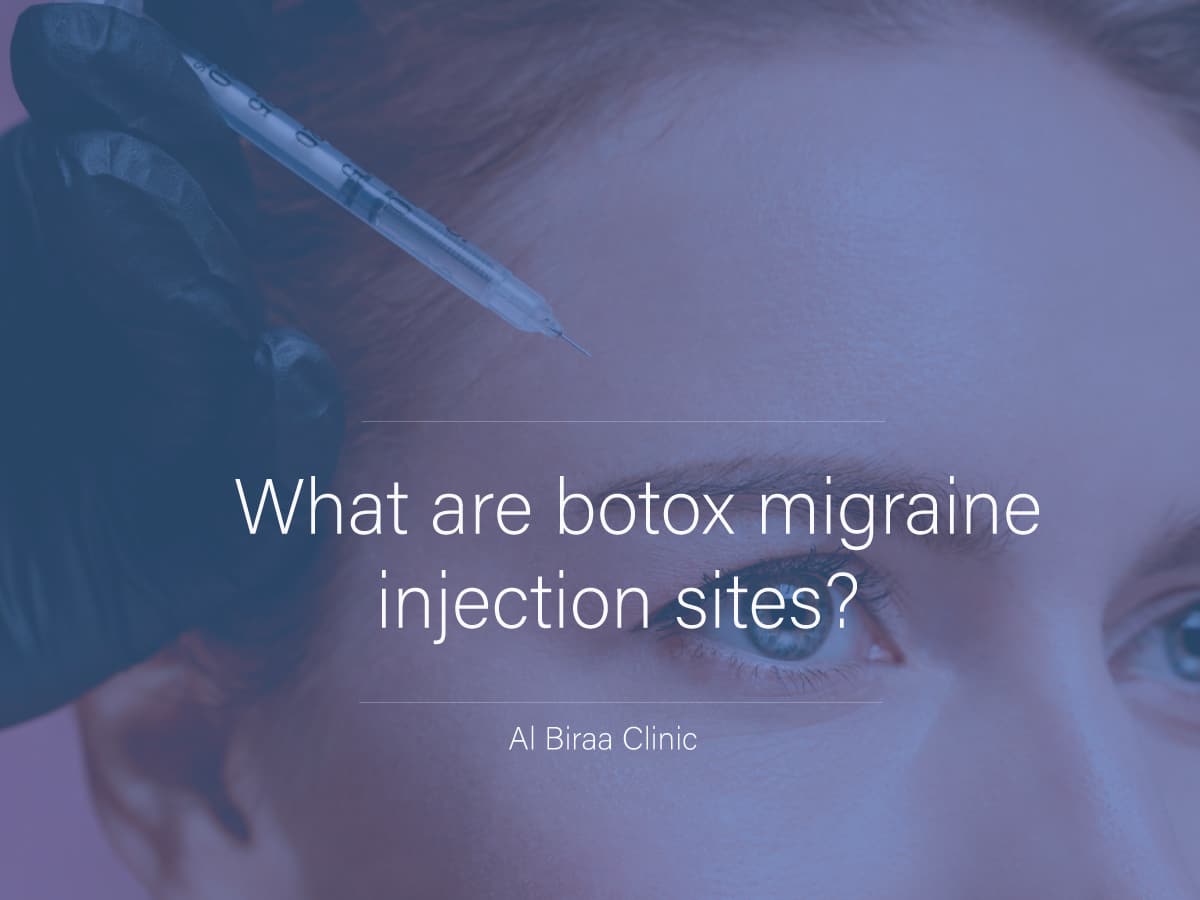
What are botox migraine injection sites?
Botox injections for migraines are typically administered at specific sites on the head and neck. These sites include:
- Forehead: Five injection sites are typically used in a horizontal line across the forehead.
- Temples: Two injection sites are typically used on each side of the head, above the eyebrows.
- Bridge of the nose: One injection site is typically used at the bridge of the nose, between the eyebrows.
- Back of the head: Four injection sites are typically used at the back of the head, at the base of the skull.
- Neck: Two to four injection sites may be used on each side of the neck, depending on the individual’s symptoms.
The specific injection sites and the number of injections used may vary depending on the individual’s symptoms and response to treatment. Your healthcare provider will determine the appropriate injection sites and dosage for your individual needs. It is important to receive Botox injections from a qualified healthcare provider who has experience administering this treatment for migraines.
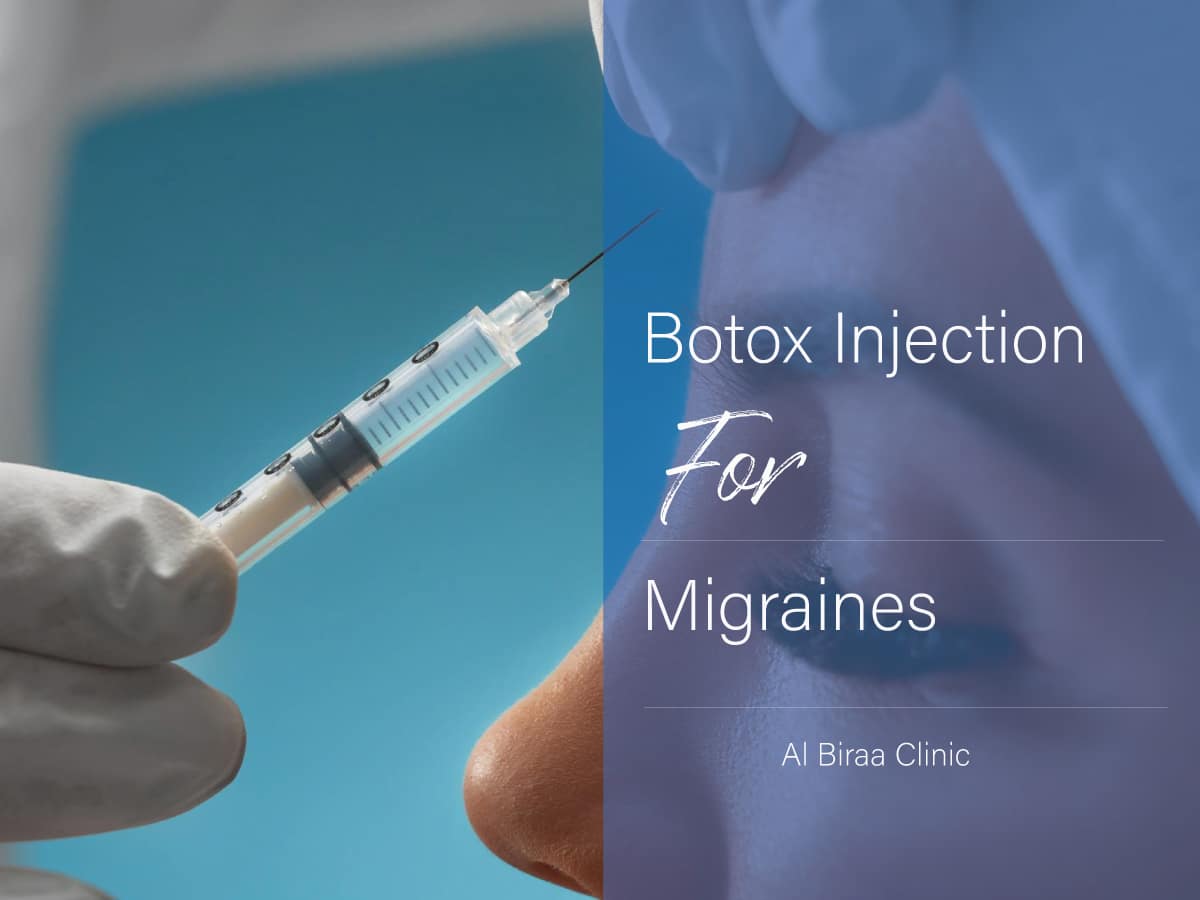
Botox for Migraines Aftercare
After receiving Botox injections for migraines, it is important to follow some aftercare instructions to ensure the best possible results and minimize any potential side effects. Here are some general aftercare tips:
- Avoid rubbing or touching the injection sites for at least 24 hours after treatment.
- Avoid strenuous physical activity and exercise for the remainder of the day after treatment.
- Avoid lying down or leaning forward for at least 4 hours after treatment.
- Avoid taking any anti-inflammatory medications (such as aspirin or ibuprofen) for 24 hours after treatment, as these can increase the risk of bruising.
- Apply an ice pack to the injection sites if you experience any swelling or discomfort.
- Do not schedule any other facial treatments, such as chemical peels or laser therapy, for at least 2 weeks after treatment.
- Follow up with your healthcare provider as scheduled to evaluate the effectiveness of the treatment and discuss any concerns or questions.
It is important to remember that individual aftercare instructions may vary depending on your specific treatment plan and your healthcare provider’s recommendations. Be sure to ask your healthcare provider any questions you may have about aftercare and follow their instructions closely to ensure the best possible results.
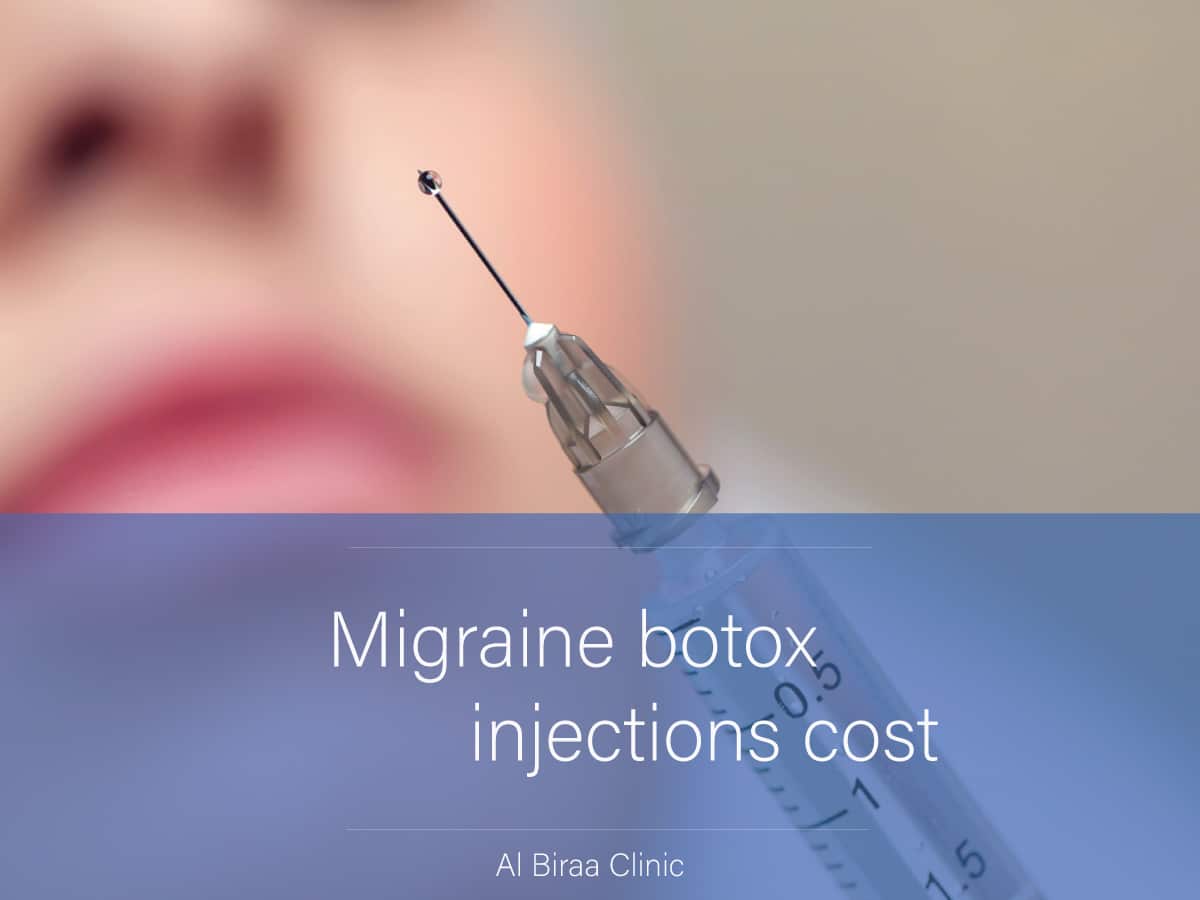
Migraines Botox Injections Cost
The cost of Botox injections for migraines can vary depending on several factors, including the geographic location, the healthcare provider, the number of injections needed, and the individual’s insurance coverage. In general, the cost of a single Botox treatment for migraines can range from $300 to $1000, and a typical treatment course may involve three or four treatments per year.
It is important to note that insurance coverage for Botox injections for migraines may vary, and some insurance companies may require pre-authorization before covering the treatment. Patients should check with their insurance provider to determine if Botox injections for migraines are covered and if any pre-authorization is required.
Additionally, some healthcare providers may offer financing options or payment plans to help make the treatment more affordable. Patients should discuss any concerns about the cost of Botox injections for migraines with their healthcare provider and explore all available options to make treatment more accessible.If you are looking for a better results and affordable price botox injection treatment for migraines in Dubai, contact the Al Biraa Clinic, injection treatment specialist today.
